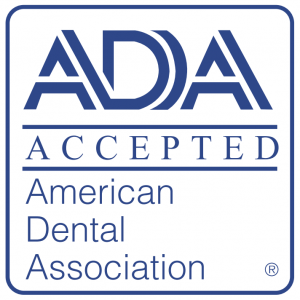Choosing the Right Toothbrush
February 18th, 2019
 So which kind of toothbrush is right for you? Whether manual or electric, it's important to choose a toothbrush that is appropriate for your age and oral health needs.
So which kind of toothbrush is right for you? Whether manual or electric, it's important to choose a toothbrush that is appropriate for your age and oral health needs.
Comfort is Key
Make sure you pick a shape and size is most comfortable for you. Naturally, the best toothbrush is one that fits your mouth. The head of the toothbrush should allow you easy access to all your teeth, especially those hard-to-reach molars. A toothbrush that is too large will be cumbersome to maneuver in a smaller mouth, while a toothbrush that is too small won't be as effective in reaching all the surface areas of your teeth.
Bristle Type
A soft-bristle toothbrush is your best bet to achieve a comfortable, safe, and effective teeth cleaning. Medium and hard-bristled brushes can damage your enamel and gums, especially if you tend to be an aggressive brusher.
Powered toothbrushes versus regular brushes
Benefits of Using an Electric Toothbrush
- Perfect for those with limited mobility to guarantee a good cleaning.
- Some brands have features that promote better brushing techniques (including a timer, brush intensity meter and more).
- A better, deeper clean because they are designed to produce more movement and push fluids between the teeth.
To get the most out of an electric toothbrush while wearing braces, choose one with a small head and soft bristles. When brushing, apply gentle pressure and to allow the toothbrush to do the hard work for you. Remember to get around the bands, brackets and wires for a deep clean and healthier gums.
Benefits of Using a Manual Toothbrush
- It’s simple, affordable and easy to find.
- Changing your brush every 3 months doesn’t hurt your pockets.
- Depending on the type of brush and your brushing method, manual toothbrushes could be softer on the tooth enamel and gums.
While an electric toothbrush can make the oral care process more efficient, that’s not to say that manual toothbrushes can’t get the job done. Manual toothbrushes are just as great at cleaning teeth as their electric counterparts, but many people do not use them properly. It is common for those using a manual toothbrush to not brush their teeth long enough to reap its benefits. For the best clean, the American Dental Association recommends brushing for a minimum of two minutes at least twice per day.
Technique
Finding the right toothbrush is the first step in great oral health. The second is ensuring that you're using the right brushing technique. Placing the toothbrush closer to the gum line and brushing with gentle circular motions for two minutes is important to achieve the best results. Patients in braces should brush for 5 minutes twice a day since food particles can be more difficult to remove around brackets and wires.
Expert Recommendation
 Make sure the toothbrush you choose has undergone rigorous safety and effectiveness testing. Look for the American Dental Association's (ADA) seal of approval or consult our team for recommendations on the best type of toothbrush to meet your needs, especially if you are wearing braces.
Make sure the toothbrush you choose has undergone rigorous safety and effectiveness testing. Look for the American Dental Association's (ADA) seal of approval or consult our team for recommendations on the best type of toothbrush to meet your needs, especially if you are wearing braces.
When in Doubt… Ask!!
If you are still unsure of which toothbrush to choose during orthodontic treatment, contact our office. Dr. Stephen Godwin and the team at Bel Air Orthodontics will work with you to suggest a toothbrush that fits both your lifestyle and the appliances you are wearing so that you can achieve the bright, healthy smile you deserve.
